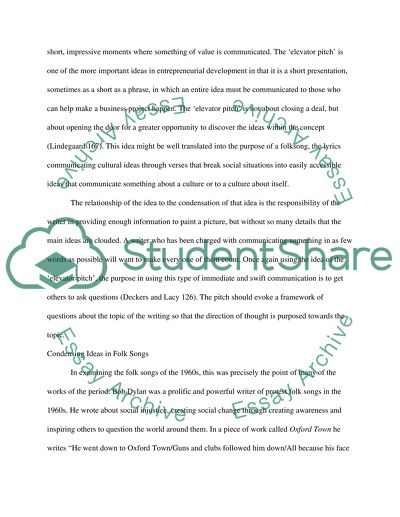Cite this document
(“Apex Hides the Hurt: Branding Advertising, Culture and Folkmusic Essay”, n.d.)
Apex Hides the Hurt: Branding Advertising, Culture and Folkmusic Essay. Retrieved from https://studentshare.org/music/1438777-folksongs
Apex Hides the Hurt: Branding Advertising, Culture and Folkmusic Essay. Retrieved from https://studentshare.org/music/1438777-folksongs
(Apex Hides the Hurt: Branding Advertising, Culture and Folkmusic Essay)
Apex Hides the Hurt: Branding Advertising, Culture and Folkmusic Essay. https://studentshare.org/music/1438777-folksongs.
Apex Hides the Hurt: Branding Advertising, Culture and Folkmusic Essay. https://studentshare.org/music/1438777-folksongs.
“Apex Hides the Hurt: Branding Advertising, Culture and Folkmusic Essay”, n.d. https://studentshare.org/music/1438777-folksongs.


